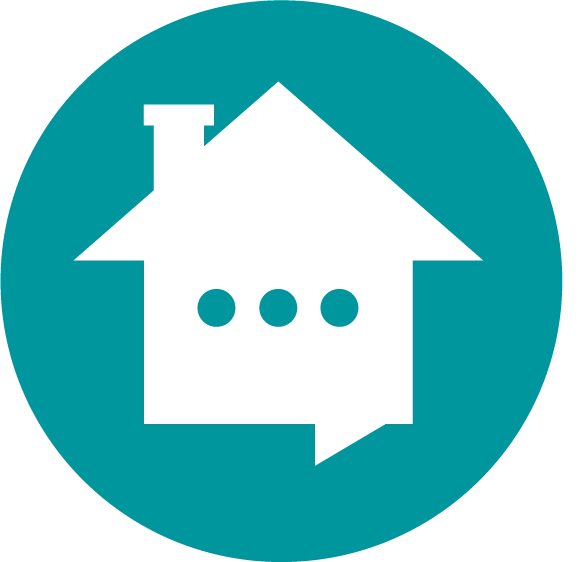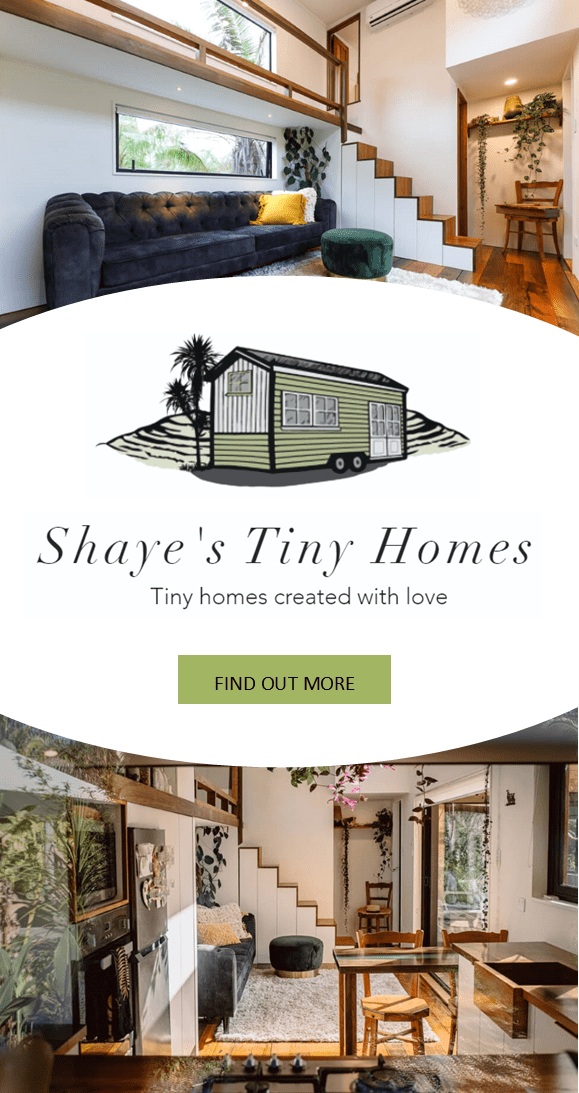Back in 2016, I was stuck. Not just in a metaphorical way, but physically, emotionally, and financially shackled to a house that was slowly draining me dry.
I owned a three-bedroom home that was cheap when I bought it, but only because it needed everything fixed. Every cent I earned went into mortgage repayments or renovations. And every spare moment was spent sanding something, painting something, fixing something else. It was relentless.
And while I was pouring myself into a house, life was happening somewhere else. I wasn’t living. I wasn’t going anywhere. I definitely wasn’t thriving. So I made the decision that would change everything: I sold up and went tiny.
Hitting the Road in a House on Wheels
My first tiny home was a converted truck-trailer reefer unit. It was off-grid, practical, and a massive step down in space, but a huge step up in freedom. After about a year, though, I realised something else. I didn’t just want to live more simply, I wanted to see more.
So I sold the reefer and converted a bus. And then I hit the road.
For the next few years, I travelled from Cape Reinga all the way to the deep south, even making it to Stewart Island for a few months. I stayed in some of the most beautiful parts of the country, met incredible people, and finally got to know New Zealand in a way I never had before. For the first time, I wasn’t tied down by a mortgage or a job or anyone else’s expectations.
But tiny living on leased land came with its own ups and downs.
Some landowners were amazing, kind, generous, and welcoming. People who felt like extended family. But there were also a few horror stories. Landowners who made false police reports. One who threatened to burn my house down. Others who imposed ridiculous rules, like demanding thousands of dollars in bonds to even leave their property. Or popping over unannounced every morning for a cuppa while I was still half-asleep and working from home. Some tried to turn me into their therapist. It was exhausting.
Those experiences taught me a lot about boundaries, privacy, and what makes someone feel safe and secure. And they stuck with me.
The Dream That Started to Take Shape
While I was travelling, a long-term plan started to take shape.
I didn’t want to live on the road forever. I wanted to choose a place, not based on work or family ties, but because it actually felt right. I wanted bushwalks nearby, beautiful surroundings, and somewhere I could build something of my own. I also knew I’d eventually need to sell the house bus to help fund that dream. They’re great for travel, but if you stop driving them, things start to deteriorate quickly. So before that happened, I sold up.
From there, the next chapter began: buying land and building a new kind of future.
Two Years, a Spreadsheet, and a Gut Feeling
I spent two full years hunting for the right piece of land. Not browsing - hunting. Open homes. Listings. Research. Spreadsheets. Trying to understand the market. Watching what sold, what sat, what was worth it, and what was just a pretty view with terrible zoning.
I knew what I needed:
-
A section that allowed for tiny homes
-
No covenants
-
Enough space for privacy between dwellings
-
Within 15 minutes of a major town so it would be easier to find tenants
And yeah, like most people, I dreamed of a sea view. But those dreams come with a six-figure surcharge, $100K to $200K extra for a water view, easily. So I compromised. I chose a property that felt rural and private but was still close enough to Whangārei to make things work. It had contour, bush, and space. No covenants. The zoning ticked all the boxes.
Even when I bought it, I couldn’t believe it was really mine. I’d spent so long dreaming about it that I still half-expected someone to call and say there’d been a mistake.
Building a Future, Not Just a House
From the beginning, I knew this land needed to work for me. Not just be pretty. Not just feel nice. Work.
So instead of building one big house like most people around me, I designed two smaller homes. One for me. One to rent. I also set up long-term sites for two tiny houses, designed so that each tenant has total privacy and peace.
The first build is 86.4 sqm, and I squeezed in three bedrooms and two bathrooms by using my tiny house design experience. The builder I found through word of mouth was a dream to work with, honest, responsive, and totally on board with keeping the budget tight so I could afford both builds. He uses a rectangular shell with non-structural internal walls, so I could design the layout myself. It’s been like playing Tetris, but the high-stakes version.
Because it’s a rental, I’ve chosen hard-wearing, pet-friendly materials. I know what it’s like to have dogs and nowhere to take them. Good tenants with pets deserve good homes, too.
The goal has always been clear:
-
Use income from the rental and tiny house sites to pay the mortgage, rates, and insurance
-
Use my own income to pay down the principal faster
-
Create a lifestyle that’s stable, simple, and sustainable
There’ve been annoying council surprises, like suddenly being told I couldn’t use gravel for the driveway and had to go with asphalt or concrete, but overall, the plan’s working.



